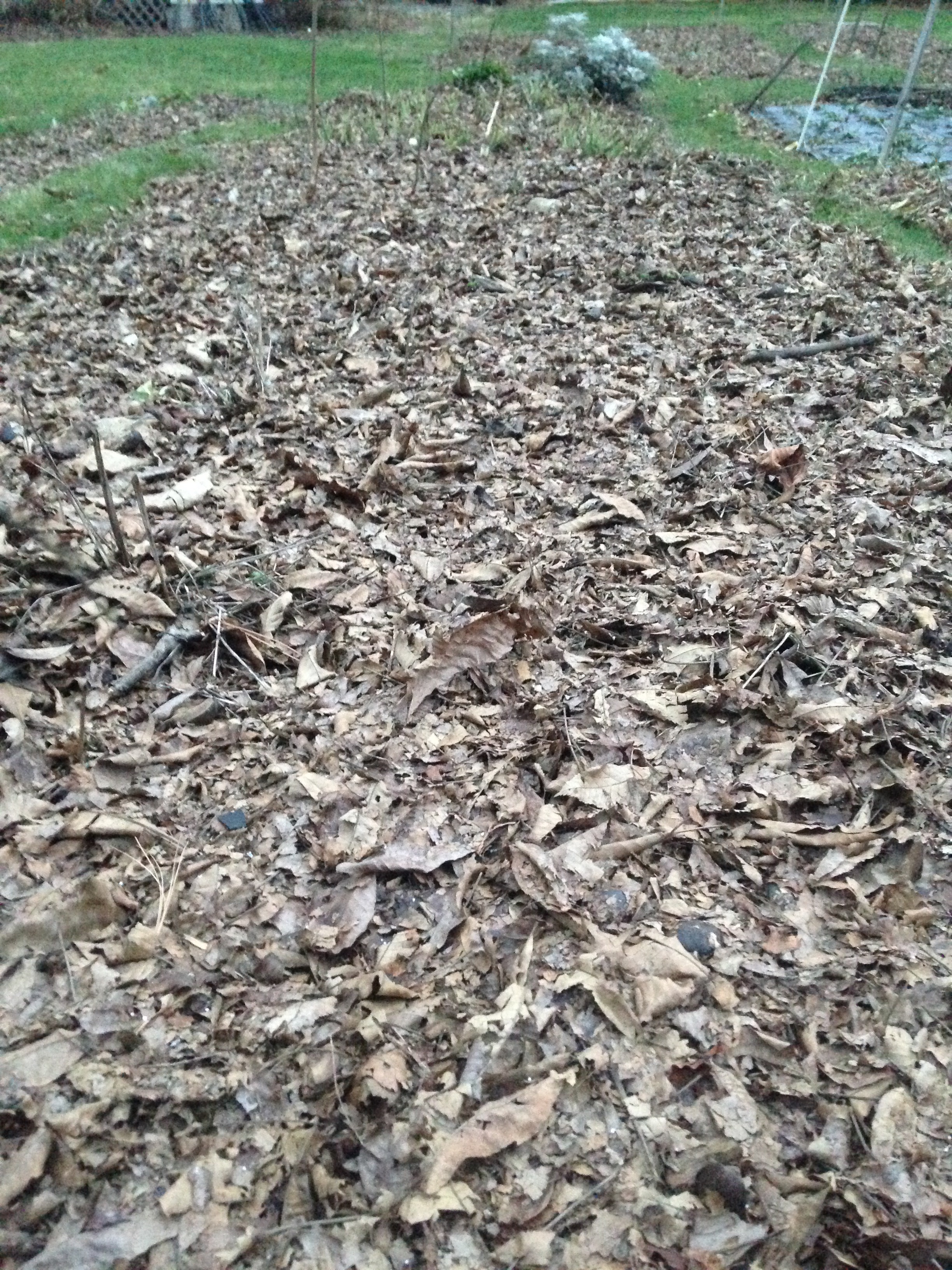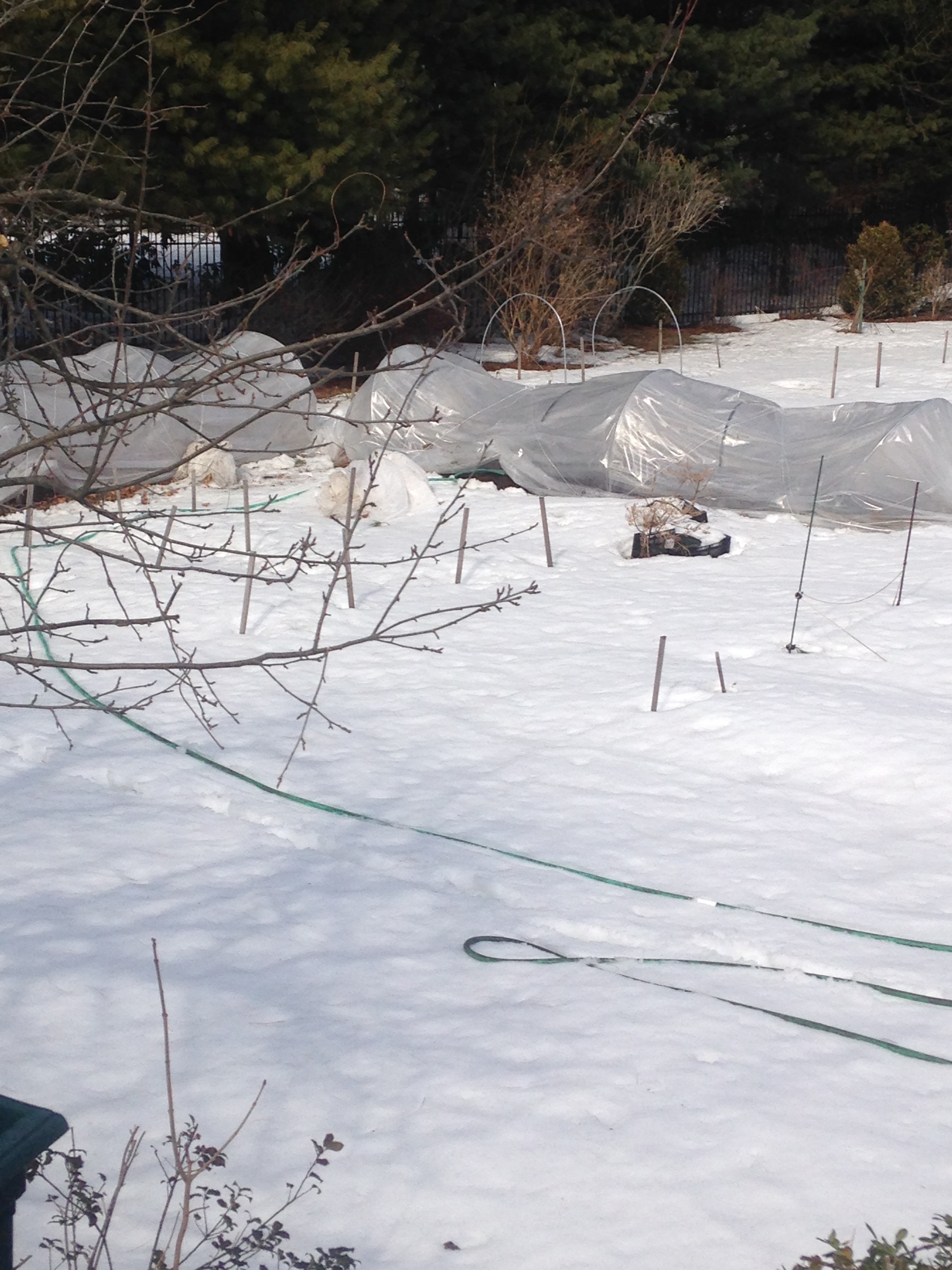Phlox in the gardens. This year I am branching out a bit more and will offer a nice selection of gardening workshops as well as floral design workshops.
All in a winter's time-- so much goes on in the offseason around here, it is hardly just to call it an offseason. Starting with the basics, there is seed purchase, creation of planting plans, accounting roundup (who doesn't want to do this one) photo organization and, of course, overall business review and evaluation.
This winter, I have taken a very deep and thorough inventory of myself, as well as the operations of Butternut Gardens, and I am setting a few new and different priorities as a result. I will share with you Revalation #1 here and the first change coming to my operations. Check back for future posts to see what other exciting and new directions in which I am choosing to go.
Revalation #1
So many times over the years I have been asked to teach others about gardening and basic landscape design as well as floral design. It stands to reason that as a flower farmer I might know a little about growing plants. I have, in fact, been a gardener nearly all my life since some of my earliest chores related to earning my childhood allowance were garden- (or weed-) oriented. I also studied at New York Botanical Garden, became a Master Gardener trained in Connecticut decades ago, and worked at Oliver Nurseries in the Alpine and Perennial plants department under Priscilla Galpin Twombly. I have come to learn just how much I love teaching others, and how very much I want this to become a central part of what I do. Face it, growing a whole bunch of flowers (45,000 or so) can become a bit isolating. As much as I love putting flowers in people's hands, I even more love putting knowledge at their fingertips. I also realize it is critical that I find a bit more balance in my life by doing non-farm activities as well as flower-growing. So, this year, I am greatly expanding my workshop offerings. I am also reaching out to groups to provide speaking engagements, and I can't wait to meet so many more gardening and plant fanatics as a result. I will be growing flowers, OF COURSE, but am actually downsizing a bit the amount I grow. I am looking to add to the number of varieties I grow, again, rather than reduce the number of varieties. One of my reasons for doing this is I wish to demonstrate to home gardeners that they, too, can grow a number of flowers for cuts and arrangements, which they likely believed they could not grow. Well, I want them to grow them. Because they can!
As a result of this one shift in personal and business planning, some of my offseason has been spent updating and fine tuning my course syllabi, as it were, and associated handouts and powerpoint presentations for a host of new presentations and workshops. Boy, has it been both fun and rewarding. At my age (not old but not young) I reap great joy out of helping others. I am super excited to see how many more people I can reach in my quest to share my gardening wisdom as well as flowers themselves. I am especially interested in working cutting gardens, pollinator-friendly gardens, and earth-friendly gardens, into others' home landscapes and raising awareness of their value. In the floral design area, I am going to work very hard to hand DIYers the tools to put together most or all of their wedding flowers, and to help others acquire design skills to put great-looking centerpieces on their tables and throughout their homes. Together we will all grow.
In the next few blog posts I will share more about my other winter revelations and where they will be taking Butternut Gardens and me in the upcoming season and beyond.
For now, Happy Gardening All!






















